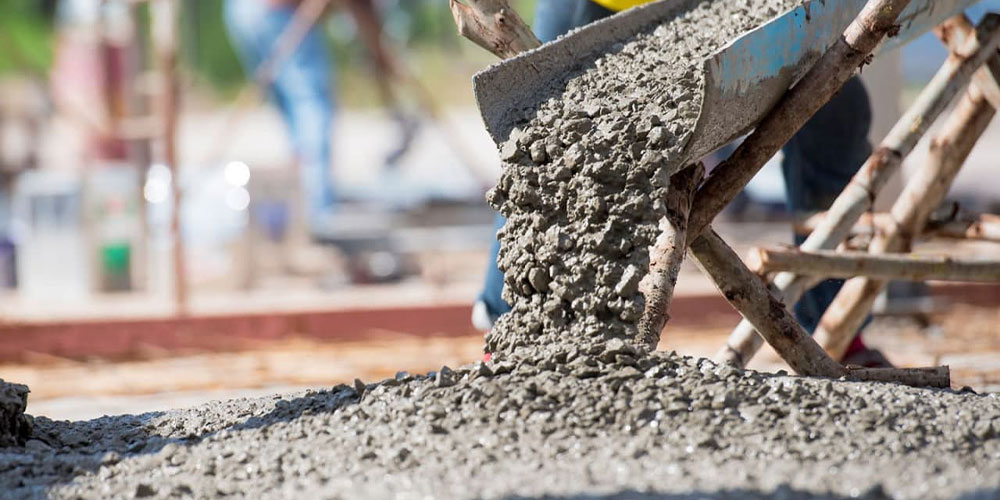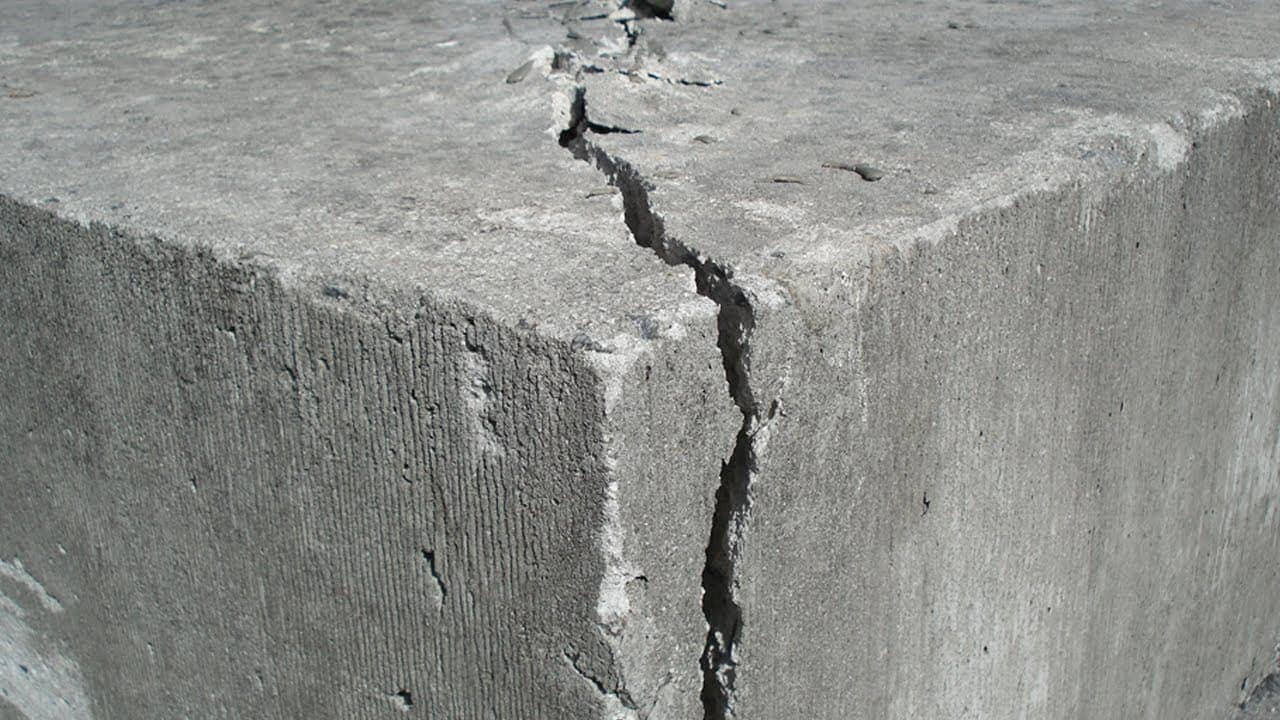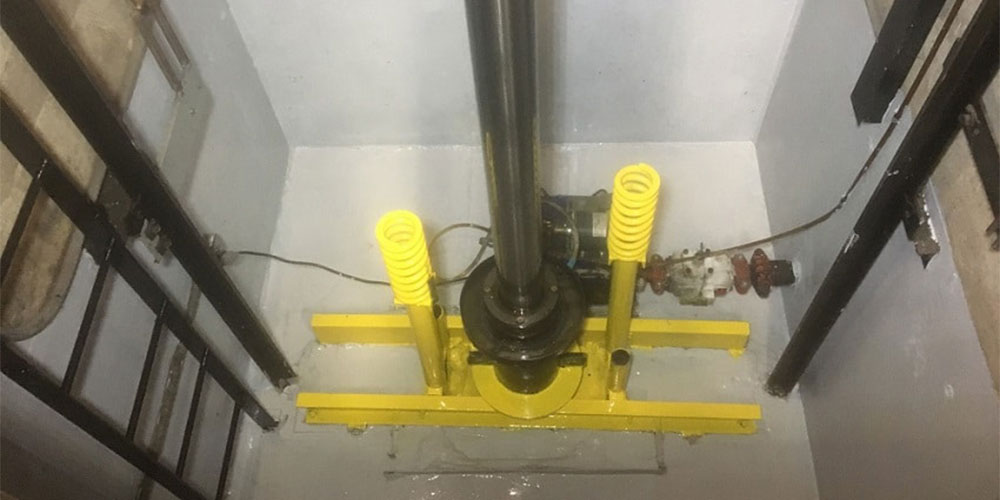In the past, due to the lack of nanotechnology products, people used to rely on petroleum-based and solvent-based products. It was commonly believed that unless a surface was covered with tar or black bitumen, it was not properly sealed. This mindset persisted for many years.
It cannot be overlooked that tar and bitumen were the only options for insulation and waterproofing surfaces and walls in the past. However, for more than three decades, nanotechnology-based waterproofing and strengthening materials have been introduced to the building insulation industry.
NSG Company, established in 2000 as the first and only provider of nanotechnology products in Iran, has successfully shifted its customers’ perspective towards nanotechnology products by executing over a hundred projects and organizing numerous technical conferences.
Building trust and commitment to execution were among the company’s primary activities during its first decade, aiming to convince engineers and specialists that its products could effectively waterproof and strengthen structures without causing environmental problems.
Major Disadvantages of Bitumen and Isogum:
- Deterioration of insulation after six months due to inadequate maintenance,
- Short service life
- Deformation (formation of bulges) at the repair or damaged area compared to other parts of the insulation,
- Degradation due to ultraviolet radiation
- Degradation at high temperatures and conversion into charcoal accompanied by ignition,
- Deformation under pressure and solvents
- Gradual decay of insulation over time
- Cracking due to potential building settlements
- Environmental pollution
- Inability to walk on these layers in cold and hot conditions
- Creation of workplace hazards
- Possibility of moss, bacteria, and microbe growth
- Production of toxic substances when exposed to water in drinking water tanks
- Loosening of underlying layers and creation of severe cracks
- High tendency of bitumen and bituminous materials to spread fire and cause fires
All the drawbacks indicate that this traditional method lacks the necessary standards for use in insulation layers, which is why its widespread use has decreased and is declining.
The waterproofing and reinforcement of structures using N50 concrete adhesive and additives, B70 mortar adhesive and additives, and Z90 sealing adhesive and resin not only enhance the quality, precision, and speed of the work but also reduce the costs of insulation implementation.









